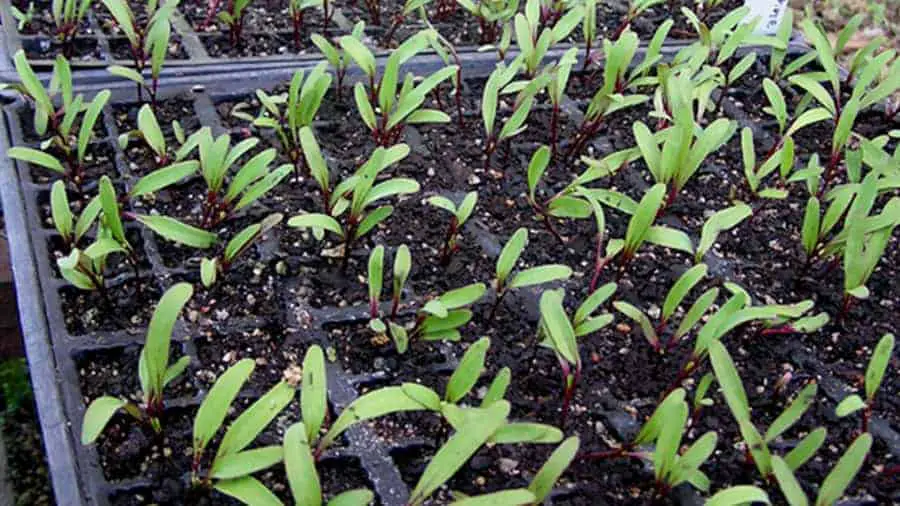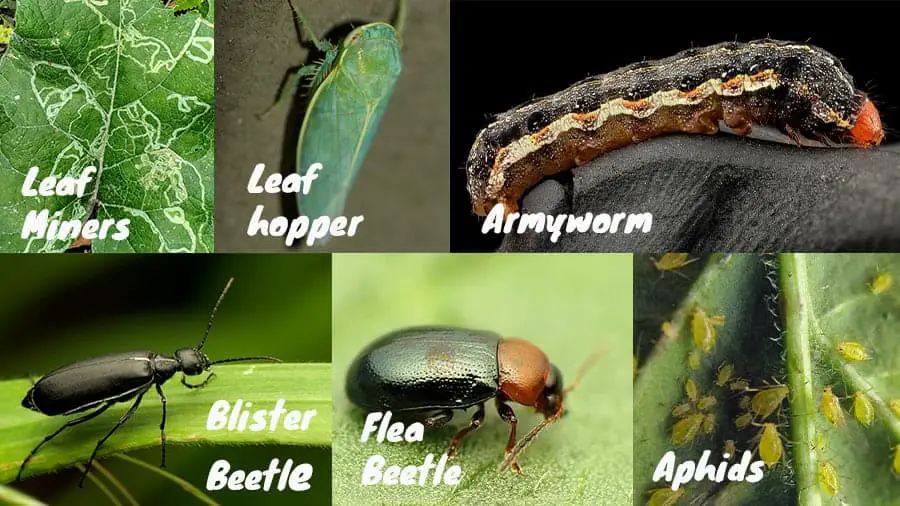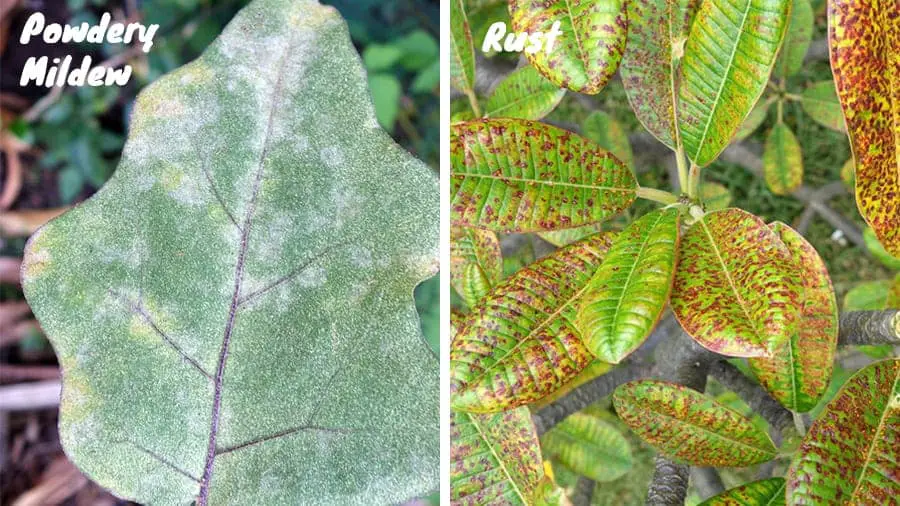Beets are easy to grow in Florida. They can tolerate both a light freeze and warm weather.
Florida friendly beet varieties: Early Wonder Tall Top, Detroit Dark Red, Cylindra, Red Ace, Golden Detroit, Baby Ball, Chioggia,Long Season Lutz.
When to plant beets in Florida:
- North: August through February
- Central: September through February
- South: October through January
Some of these varieties I’ve recommended are also recommend by the University of Florida IFAS department and Robert Bowden, who has written many Florida gardening books.
If you didn’t know, you can also eat the green leaves of beets. They are most similar to Swiss chard. So if you enjoy a nice chard you will probably enjoy beet leaves as well.
Florida friendly beet varieties
Early Wonder Tall Top: A great beet to grow for the leafy greens especially. It has large leaves and 3″ diameter dark red beets for roots.
Detroit Dark Red: This is what you think of when you hear the word beet. These guys are super dark red, up to 3” in diameter and it’s said to be extremely “sweet.” I’ve never grown this beet so I’m not so sure I buy the whole “sweet” part.
Cylindra: Another deep red beet but this type is more cylindrical than other beets. They average about 5” long and 2” in diameter. They are super easy to peel which makes them a huge time saver in the kitchen.
Golden Detroit: These beets look a little bit like potatoes to me. They have pale orangish skin and bright yellowish golden “meat.” They are round, about 3” in diameter and produce green leaves with yellow veins.
Baby Ball: These are small beets, at maturity they are between 1”- 1 ½“. Not the best to grow for harvesting greens but they are the perfect size to pickle or cook whole.
Chioggia: An Italian heirloom beet that has an awesome looking flesh. When cut open it looks like a target, with dark red and pale circles. Produces decent greens and grows to a mature size of 2”.
Long Season Lutz: This is a long season beet(did the name give it away?) This means that this particular beet takes longer to mature than the others, normally around 80 days for this guy.The beets though are very large and dark red, the root can grow anywhere between 3-8” in diameter. The larger you let it get, the tougher it will be to eat.
When to plant beets
| North Florida | August through February |
| Central Florida | September through February |
| South Florida | October through January |
If you browse the internet you will see a lot of info saying that beets are a cool season crop. This is true but they can also withstand some heat as well.
Florida has such a different climate than most of the United States making planting vegetables a little bit confusing here. Timing is super important and most of the info you find is for northern states.
However, when it comes to beets and planting them in Florida you should follow these timelines recommended by IFAS
How to plant beets

Beets are best started directly in the garden, there is no need to transplant them.
Each beet seed that you plant will actually sprout more than one little baby beet.
Because of this you need to make sure that you thin your seedlings after planting.
If you don’t kill a few young seedlings, the rest of your beets will suffer. You will have lots of small, misshapen, under performing beets.
It’s a good rule of thumb to give your beets about 3” of space from each other in the garden.
Most beets are also fast maturing plants so I’ve found it helpful to space out my plantings.
Meaning, that I plant a few beets one week and then plant a few a week or so later. This helps you not have 30 beets all ready for harvest at the same time.
Where to plant beets
Beets prefer to be in full sun(8 hours) and well draining,loose soil. But the soil must also have good water holding ability.
I’ve always had good luck with this soil mixture:
- ½ peat moss or coco coir(Peat moss is cheaper but it’s farming practice isn’t sustainable)
- ½ compost
- Worm castings for fertilizer
- Fungi additive to create an internet of nutrients, making them easily available to your plants.
This type of soil provides a good environment for beets because they are a root crop and this mixture is super loose, making it easy for roots to spread out with little resistance.
If you are planting directly into your Florida soil I would have it tested by your local extension office.
Beets prefer a soil Ph of 6.2-6.7.
How to water beets
Beets are sensitive to over or under watering. If beets sit in soil that is soggy for too long the roots are prone to rotting. But if they are under watered they will not grow very well either. Beets like a soil that is moist but not soaking. A good way to tell when you need to water your plants is to stick your finger in the dirt. If the dirt feels dry up to your first knuckle. You should water.
Mulching helps with water retention. If you lay a nice thick layer of mulch down(3-4″) you will have to worry about watering less. You should still check it everyday, but mulching does nothing but good for your plant.
How to fertilize beets
Beets are a fast growing vegetable, for this reason it’s best to add fertilizer to the dirt before planting. A good fertilizer for beets would be a granular fertilizer with a NPK value of 5-10-10. The NPK value represents how much Nitrogen(N), Phosphorus(P), and Potassium(K) are available in the fertilizer. Each nutrient does something different for the plant, nitrogen helps plants produce green leafy growth. Phosphorus and potassium are more beneficial to healthy root growth than nitrogen is so it’s better to have a more phosphorus and potassium focused fertilizer than a nitrogen focused one for growing beets.
When to harvest beets
Generally speaking beets take 50-70 days to mature. Really, beets can be harvested at anytime. They are still edible when they are small but they are probably going to taste a lot better when they grow a little larger.
However you don’t want to leave them in the ground for too long because then the roots get extremely tough. Almost kinda like wood.
Another thing to pay attention to is the height of the leafy greens, when those get about 6” tall you can harvest your greens and pull your beets up.
Can beets be grown in containers?
Yes, beets are a fantastic vegetable to grow in containers. They are small, fast growing vegetables. You can grow multiple beets in the same pot.
An important thing to remember about containers is that they will dry out a lot faster. Keep a close eye on your soil, you may have to water your beets more than once a day.
Make sure your pot is at least 6” deep and that each of your beets has about 3” of space around them.
Common beet pests in Florida

Leaf miners: Caterpillars from clear winged flies that lay their eggs on the underside of leaves. They hatch and burrow into your plants leaves. You can tell when leaf miners attack because there are white, winding lines on the leaves of your plant.
Leafhopper: These are slender, winged insects with a wedged shaped tapered body. There are a wide variety of these guys, they come in all colors. White, green, yellow and brown. They damage your plant by using their pointy mouths and piercing your plant to suck its juices out. This is a good way to spread diseases as well.
Flea beetle: Flea beetles are another one that comes in many different colors but the most common ones are black and tan. Generally they are small, shiny and have a hard shell like a beetle. They like to jump when disturbed. They damage your plant by biting holes out of your leaves, established plants can usually withstand this. The real problem that these guys cause is bacterial disease spread.
Blister beetle: A super interesting beetle. The male’s blood is actually lethal to livestock, particularly horses. And if you crush these beetles with your bare hands or feet you will get a blister! Hence the name. They come in all different colors, from shiny metalic to dull stripes. Here is a good guide with loads of pictures. However, they all have a very similar body shape, a long butt and an ant like head. They can damage your beets by eating the leaves.
Aphids: Tiny, round, yellowish bodied insects that live on the underside of leaves. They use their pointy little mouths to suck juices out of your plant and spread disease and viruses. They lay eggs in small clusters on the underside of leaves. Many times you can find ants farming aphids for their sweet honeydew that they secrete.
Armyworms: Are usually brown or green and have stripes going down their body. They are most active at night and feed on the green leafy growth of your plant.
Beet pest control
The very first pest control is growing a healthy plant by giving it a good environment to grow in, including well fertilized and watered soil, proper sunlight and plenty of attention.
Biological controls include planting plants that attract beneficial predators. The best plants to attract predators of these insects are:
- Basil
- Sage
- Dill
- Catnip
These attract aphid predators, parasitic wasps, lacewings and ladybugs.
You can also use chemical controls if you choose to as well. A good rotation of these sprays will stop most pests. But you must keep in mind that these will kill not only the bad bugs but also some good bugs, like pollinators as well.
- B.t. or Spinosad
- Neem oil
Common beet diseases

Downy mildew: A whitish grey fuzzy mold appears on both the upper and undersides of leaves. Yellowish spots may also appear on the upper sides of leaves. This is caused by tiny fungus like microorganisms.
Rust: The symptoms are small brownish bumps on the tops of leaves. Rust in beets is more common in higher humidity, which is pretty much all the time in Florida.
Disease control: Both of these common diseases can be controlled using a copper fungicide spray. Also, the healthier your plant the more resilient it will be to diseases.
How to save beet seeds
Simply leave your beets in the ground until they make flowers and then turn brown.
Beets are actually a biennial plant. This means that they take another growing cycle to actually produce seed and die.
This can be a pain up north because a hard freeze will kill the plant, this isn’t something that most of us in Florida have to worry about.
Northern Florida does see some freezes but some beets can withstand a temperature as low as 12°F.
Sometimes, if your plant is stressed it will flower sooner than normal. High heat is a common stress factor. Patiently wait until the flowers have started turning brown and producing seeds. Once ⅔ of the seeds have turned brown you can pull the beet out of the ground and just cut the stalks off.
The beet itself is not going to be any good so you can add it to your compost if you have a bin going. you should probably chop it up first though.
Put your cut beet tops somewhere that they can dry. Hang them in a closet or shed for about 2 weeks.
Then you can simply take your hands and scrape the seeds right off the stem.
Beets do cross pollinate from extremely far distances, up to a mile or more.
If you are worried about keeping generic diversity then it’s a good idea to cover your plants flowers with paper or mesh bags.
Growing Beets in Florida
- Florida friendly beet varieties: Early Wonder Tall Top, Detroit Dark Red, Cylindra, Red Ace, Golden Detroit, Baby Ball, Chioggia,Long Season Lutz.
- Plant beets in north Florida August through February. Central Florida September through February and south Florida October through January.
- Directly sow beet seeds into the garden. Be sure to thin your seedlings so that each plant has about 3” of space all the way around.
- Beets prefer full sun(8 hours).
- Plant beets in a loose, organically rich soil.
- A good beet fertilizer is something like a 5-10-10 which is added to the soil before planting.
- Beets are sensitive to over or under watering. Keep a close eye on your dirt.
- Beets generally take 50-70 days to mature.
- You can eat the green leaves that beets grow.
- Beets make a great container plant.
- Pests and diseases are controlled biologically and chemically.
